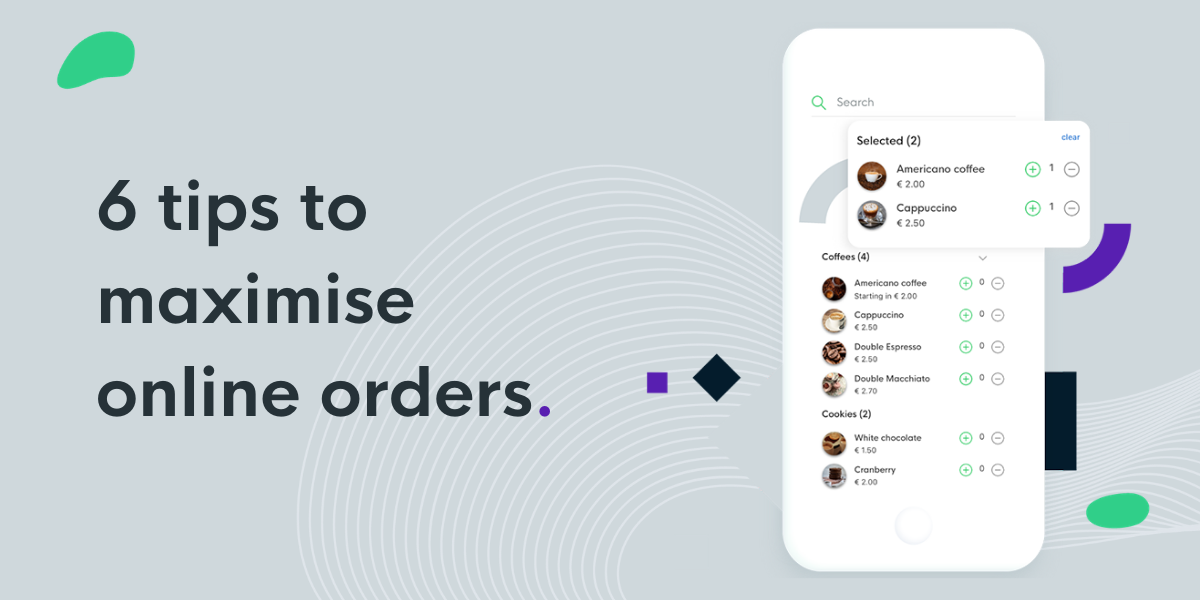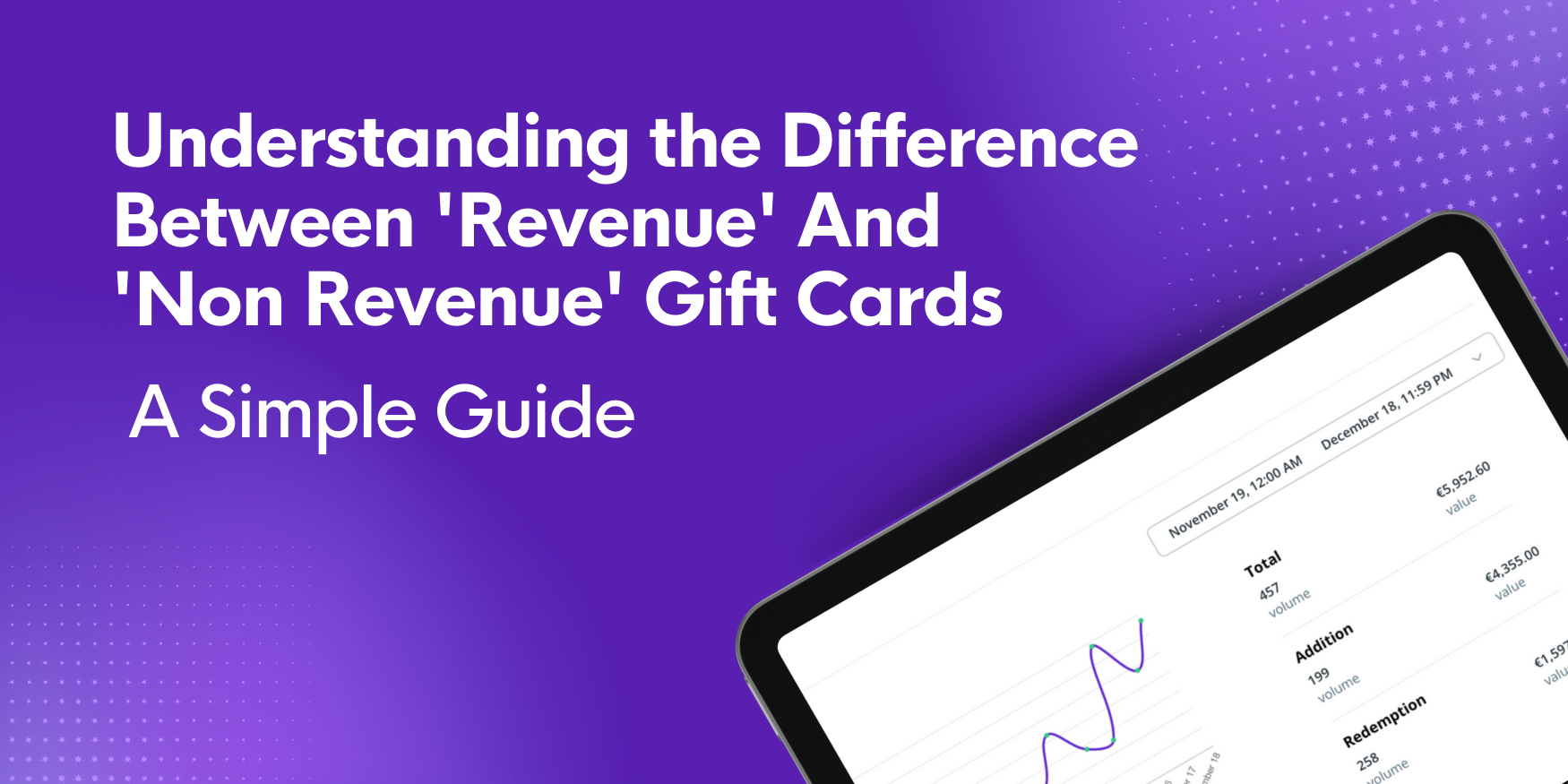Six Tips to Maximise Online Ordering for Your Restaurant
Online orders have become a vital revenue stream for restaurants, accelerated in 2020 by a forced shift in consumer behaviour. Our team help cafes and restaurants every day to improve their online ordering offering. Below we’ve outlined six quick tips from the LoyLap team to help you maximise the revenue from this essential channel.
1. Product positioning makes all the difference
Your menu isn’t merely a list of products. It’s an ordering experience, and menu layout is a fundamental ingredient. Just as impulse purchases happen in-store, they can and do happen when ordering online. Laying out your menu to encourage this behaviour can help you maximise your average order value.
For example, customers will always scroll for their drink selection. Consider placing your higher value food items at the top of your click & collect menu, followed by snacks and then drinks. You can learn more about how to manage the sort order of your menu in LoyLap here.
2. Create visual appeal
“Eat with your eyes.”
“Eyes bigger than your stomach.”
These idioms exist for a reason. Food selection is about more than just hunger. Many factors have an influence; our mood, the time we have to eat, what we’re doing afterwards (pre-gym protein fix, anybody?), and how the food looks.
Our brains are hardwired for visual information, and we process visual content 60,000 faster than text-based content! High-quality photographs of your kitchen’s best work is a fantastic way to have customers drooling over your menu.
Add images to your menu to show people not just what they are getting, but what they want.
3. Showcase your produce
Item descriptions are easy to overlook as unimportant. Still, their purpose is to supply your customers with valuable information to entice them to buy so we shouldn’t underestimate them.
For example, today’s customer is more discerning than ever. The idea of knowing the source of ingredients is becoming increasingly important to them. Adding descriptions to your menu items mentioning those sources appeals to more than just the customer’s appetite.
4. Everybody loves a deal
We can thank service stations and supermarkets for the well-established concept of the ‘meal deal’. Bundle offers such as this reduce friction in the buying process by removing indecision from the equation. Bundles make purchasing easier while convincing consumers they are securing a bargain - even if they wouldn’t otherwise have bought the additional items in the bundle.
Using LoyLap online ordering and creating a ‘Deals’ category will help you capitalise on this psychological effect and increase your basket size. Make it easy for customers by using modifiers to provide dropdown options for a meal deal selection allowing customers to select a drink and snack together in the one item for the swiftest buying experience. Manage the order your modifiers appear in for simple selection so that the customer can create a deal of their choice.
5. Keep it simple, stupid
Customers value simplicity, so do your front of house and kitchen staff.
In the world of online selling, we talk a lot about cart abandonment. Cart abandonment happens when there is too much friction in the ordering process, causing the customer to give up. We’ve solved this for the most part with a simple, tried and tested ordering journey – but you can make it even easier. Use modifier groups to create consistency and simplicity. For example, make coffee orders straightforward with three simple choices: milk selection, sweeteners and adding an extra shot.
6. Timing is everything
Don’t rely on customers ordering within your service times, or you’ll find yourself with orders for poached eggs on toast at 3pm. Make items available for ordering during set times only so your breakfast menu disappears just before service ends - preventing customer disappointment and staff frustration.
Sell out of your pastries by midday? Make them unavailable after 10am. You still get to cater to the morning rush but avoid accidentally selling items you don’t have in stock later in the day.
.png?width=110&height=53&name=tl%20(1).png)



.png)

Leave a comment